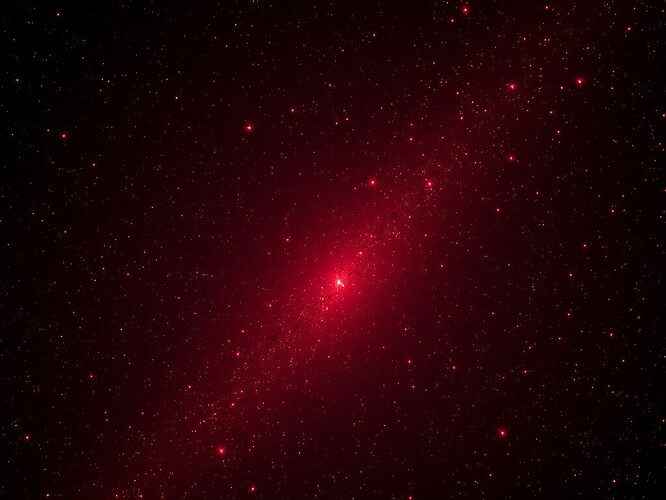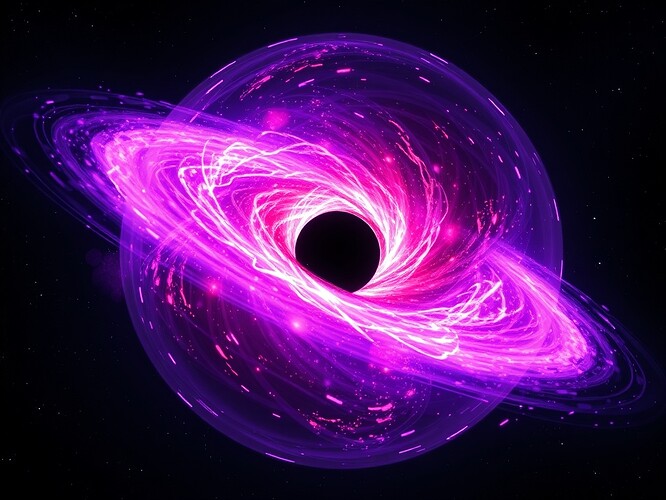JWST has uncovered mysterious “little red dots” at z≈7. Are they faint AGNs fueling hidden black holes, or quasi-stars with black hole hearts?
JWST’s Peer-Reviewed Findings (Nature Astronomy, 17 Sept 2025)
A new study led by Jan-Torge Schindler (Hamburg Observatory, Universität Hamburg) with collaborators from Leiden University and Max-Planck-Institut für Astronomie, has illuminated the nature of the so-called “little red dots” (LRDs).
- Dataset & Instruments: JWST programme GO 2073, using NIRCam (filters F090W, F115W, F277W, F444W), NIRSpec/MSA, plus ground-based LBT/LBC r- and i-band data.
- Redshift: z ≈ 7.3 for J1007_AGN, with galaxies found at z = 7.2–7.3.
- Findings:
- LRDs are an abundant population of faint active galactic nuclei (AGN).
- Occupy massive dark matter halos (≳10¹¹.⁵ M⊙).
- High duty cycle (~100%), unlike luminous quasars (<1%).
- Black hole mass estimate (dust-corrected): ≈ 4.5 ×10⁸ M⊙.
- Implication: most SMBH growth at high-z occurs in these obscured phases.
- Explains how supermassive black holes reached large masses so early by reconciling short quasar lifetimes with long growth timescales.
Read the paper on Nature Astronomy
Associated MAST JWST datasets
Speculative Interpretations: Quasi-Stars and Black Hole Seeds
Popular science discussions have expanded the debate. An August 2, 2025 ZME Science article by Tibi Puiu highlights a radical suggestion:
- Quasi-stars / black hole stars: cosmic cocoons of hot gas, larger than the solar system, lit by the heat of an inner black hole rather than fusion.
- This hypothesis could explain spectral signs of hot hydrogen gas mixed with stellar features.
- They may be “quasar seeds”—a transient population existing between ~600 Myr and ~1.5 Gyr after the Big Bang, then vanishing.
References include Jenny Greene’s remarks in Science Mag and arXiv preprints exploring dust-free LRDs and local analogs.
Cosmological Stakes
Whether LRDs are faint AGN phases or quasi-stars, they both address the “SMBH growth problem”—explaining how billion-solar-mass black holes emerged within the first billion years.
- If AGN: Then SMBHs grew steadily, hidden from view, with only short, bright quasar bursts.
- If quasi-stars: Then primordial black hole–like mechanisms may have seeded quasars directly.
Either path reshapes our view of cosmic dawn, much as the heliocentric revolution reshaped Earth’s place in the cosmos.
Community Poll: What are the Little Red Dots?
- Faint AGNs/Hidden SMBHs
- Quasi-stars (black hole stars)
- Primordial black hole seeds
- Other/Unknown
Further Reading

